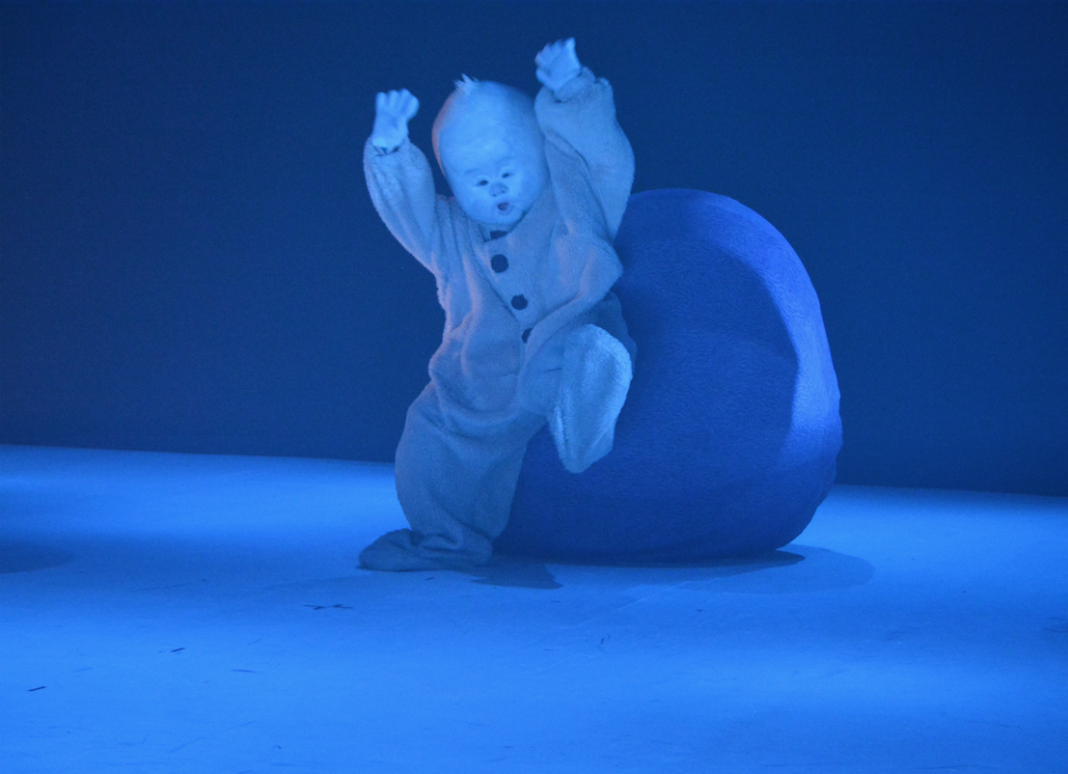Try This At Home’ suggests just that
Try This At Home
Friday 9:15 p.m.
Guild Theatre
Southwest Park and Taylor
The music and art scene of Olympia, Wash. has long existed in a place uniquely its own in both the Northwest and the world. Revered by some for continuing to function independently of and challenge corporate alternative culture, ridiculed by others for its snobby scenesterism and indie aesthetic, it certainly cannot be ignored. “Try This At Home” attempts to address both sides of this legend and more importantly, suggest that Olympia might not be so unique and that any community committed to expression can carve a niche for itself and be home to a varied and exciting art and music scene.
The documentary opens with a series of shots of the Northwest surrounding Olympia and voiceovers of some of the participants explaining where they came from and how they had traveled. It is a collection of participants who have flown and train hopped, rented cars and hitch hiked. Finally the camera finds a sign: Welcome to Olympia – An All American City, and a participant is asked the perennial “is rock dead” question.
“No,” comes her reply, “just crappy rock.” With that the scene shifts to the stage and Washington, D.C.’s livewire punk/funk agitators the Make Up playing music as exciting as one is ever apt to see.
This is both the problem and the success of this film. The interview segments are never completely fleshed out and there is a large amount of assumption on the filmmakers’ part that the viewer has an understanding of post-Nirvana music politics and the often esoteric debates that occur within “indie” rock circles. Like many attempts to document underground culture with these sort of assumptions it has an insider feel. Although it is trying to invite outsiders in, its main focus is speaking to the converted. However, it is hard not to get excited about the film when the music segments are shown. The performances are immediate, inviting and need no context to rock.
The feeling begins to sink in among interviewee’s complaints and praises that this was a magical time for many of the participants in Olympia’s scene, and the scene is not as exclusionary as many think it is. The film closes with many of Olympia’s central characters talking about moving on and reinforcing that creativity can happen in any town – and wondering which town will be next.
The film also includes footage of a local flavor. A segment with Elliot Smith sharing the stage with Quasi is fantastic and the footage of profoundly influential Clackamas band Dead Moon in worth the price of admission alone.



